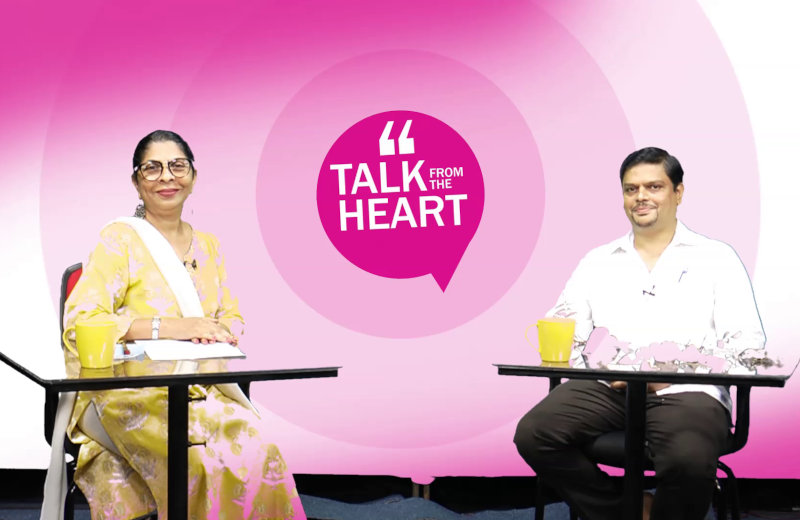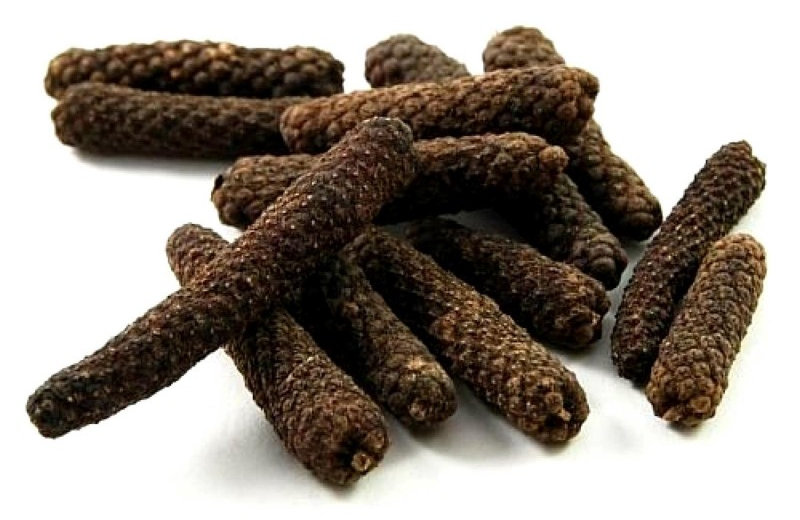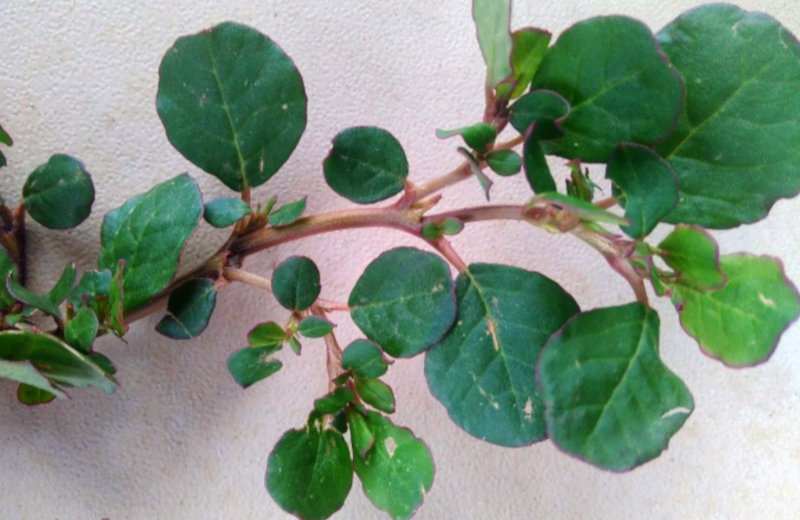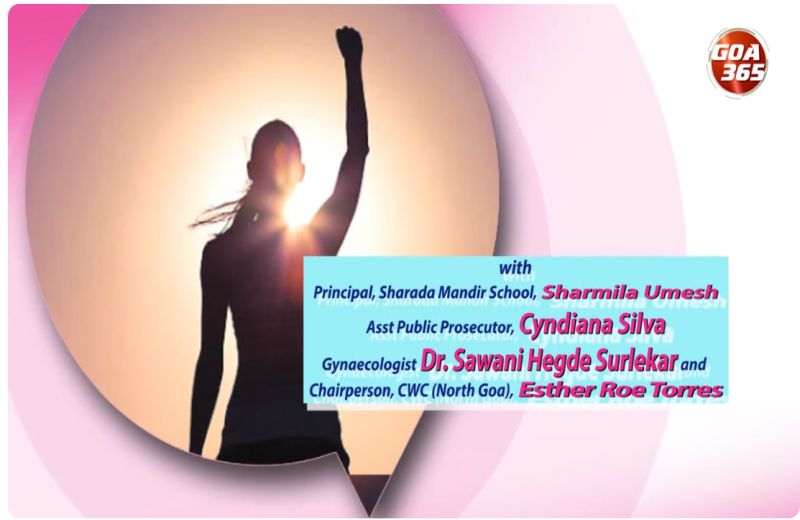In the last year and a half, Ayurveda has gained a lot of prominence as many across the country have turned to it to boost immunity and find ways to live a healthier life. Key components of Ayurveda are herbs and spices which are viewed as the spiritual essence – the Kundalini – of plants. Plants and herbs carry in their cells the wisdom of cosmic intelligence and the healing vibrations of nature. According to Ayurvedic herbology, herbs and spices have a multitude of benefits for the mind, body, and spirit.
Ayurvedic physician, Dr. Sudhindra Uppoor, who was the guest on the Navhind Times, ‘Talk from the Heart’ show, threw some light on the topic. The talk that aired on the Goa 365 channel, on Sunday, August 22, covered the uses and benefits of herbs besides other relevant topics.
With clinical experience of 20 years, Uppoor specialises in diagnosing and treating lifestyle diseases. The first step in his diagnosis procedure is ‘nadi pariksha’ which is then followed by studying the patient’s tongue. “Pulse diagnosis is the key to accurately diagnose physical, mental and emotional imbalances as well as diseases. It gives a deep insight into a patient’s body type (prakruti, classified under vata / pitta / kapha) and the various imbalances (vikruti) in the body and mind,” he explained. The tongue, he further explained is the index of one’s digestive system and all diseases originate here.
Use of metallic preparations in treatment is a unique feature in Ayurveda. However there are many reservations about this practice. Putting to rest these apprehensions, he said, “Many foods we consume have traces of metals like tulsi which has some amount of lead and the Goan rice has traces of arsenic. Ayurvedic medicines which are broadly categorised into two, namely van or herbal and rasa or metal, adhere to the permissible limit of 10 ppm of metals, set by the World Health Organization. These metals are used as catalysts to enhance the potency of the herbal medicines and are used only when required. In addition they should be judiciously used by the physician.” He then elaborated how the bhasma or metallic preparations which have only nano particles of purified metals are utilised by the body and then excreted through the urine.
The common herbs used in van aushadhi, he mentioned, were ashwagandha, shilajit, triphala and trikatu. Expounding on the benefits of these herbs and explaining each in detail, he said, “Ashwagandha improves vitality and reduces stress thereby connecting the mind and body, shilajit strengthens the urinary bladder muscles. Triphala, which is a combination of three fruits, amla, bibhitaki and haritaki has innumerable benefits. It strengthens hair and improves its texture; eyesight, digestion, vitality, bowel movement, gut health and much more.” The combination of long pepper (pipli), ginger and pepper, trikatu, he added is another wonder herb. He also spoke about giloy and papaya leaves and how they can be used to cure dengue and viral infections. However he warned against buying these herbal preparations over the counter without consulting an ayurvedic physician. “These herbs are to be taken depending on a person’s prakriti and vakruti and hence should be taken on the doctor’s prescription.“
Goa being home to a multitude of medicinal herbs, herbal medicines have been used for centuries and handed down through tradition and experience. Highlighting a commonly missed but extremely useful herb, Uppoor spoke at length about punarnava. Considered one of the foremost herbs for the kidneys and liver, punarnava is a tridoshic herb that can pacify vata, pitta, and especially kapha dosha. “Punarnava is packed with vitamin C, iron and calcium. It is excellent for liver problems, kidney stones, water retention in the body besides other kidney issues. It cleanses the liver and helps in absorption of haemoglobin by the body,” he stressed.
Many other herbs and herbal concoctions were spoken about and various important tips were given on how to use these for maximum benefit.






